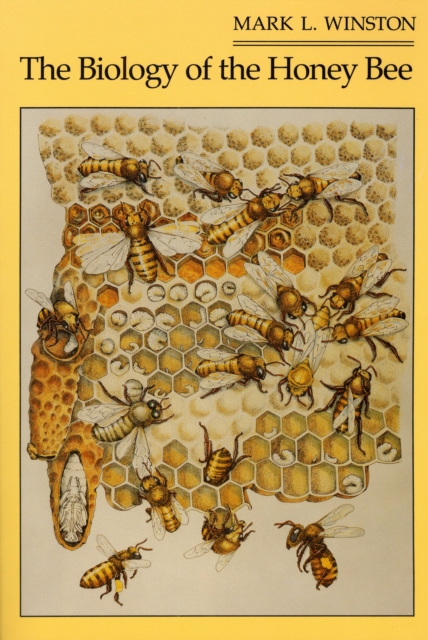
The Biology of the Honey Bee EPUB
by Winston Mark L. Winston
EPUB
Description
From ancient cave paintings of honey bee nests to modern science's richly diversified investigation of honey bee biology and its applications, the human imagination has long been captivated by the mysterious and highly sophisticated behavior of this paragon among insect societies. In the first broad treatment of honey bee biology to appear in decades, Mark Winston provides rare access to the world of this extraordinary insect.
In a bright and engaging style, Winston probes the dynamics of the honey bee's social organization. He recreates for us the complex infrastructure of the nest, describes the highly specialized behavior of workers, queens, and drones, and examines in detail the remarkable ability of the honey bee colony to regulate its functions according to events within and outside the nest. Winston integrates into his discussion the results of recent studies, bringing into sharp focus topics of current bee research. These include the exquisite architecture of the nest and its relation to bee physiology; the intricate division of labor and the relevance of a temporal caste structure to efficient functioning of the colony; and, finally, the life-death struggles of swarming, supersedure, and mating that mark the reproductive cycle of the honey bee.
The Biology of the Honey Bee not only reviews the basic aspects of social behavior, ecology, anatomy, physiology, and genetics, it also summarizes major controversies in contemporary honey bee research, such as the importance of kin recognition in the evolution of social behavior and the role of the well-known dance language in honey bee communication. Thorough, well-illustrated, and lucidly written, this book will for many years be a valuable resource for scholars, students, and beekeepers alike.
Information
-
Download - Immediately Available
- Format:EPUB
- Pages:293 pages
- Publisher:Harvard University Press
- Publication Date:01/04/1991
- Category:
- ISBN:9780674744202
Information
-
Download - Immediately Available
- Format:EPUB
- Pages:293 pages
- Publisher:Harvard University Press
- Publication Date:01/04/1991
- Category:
- ISBN:9780674744202






